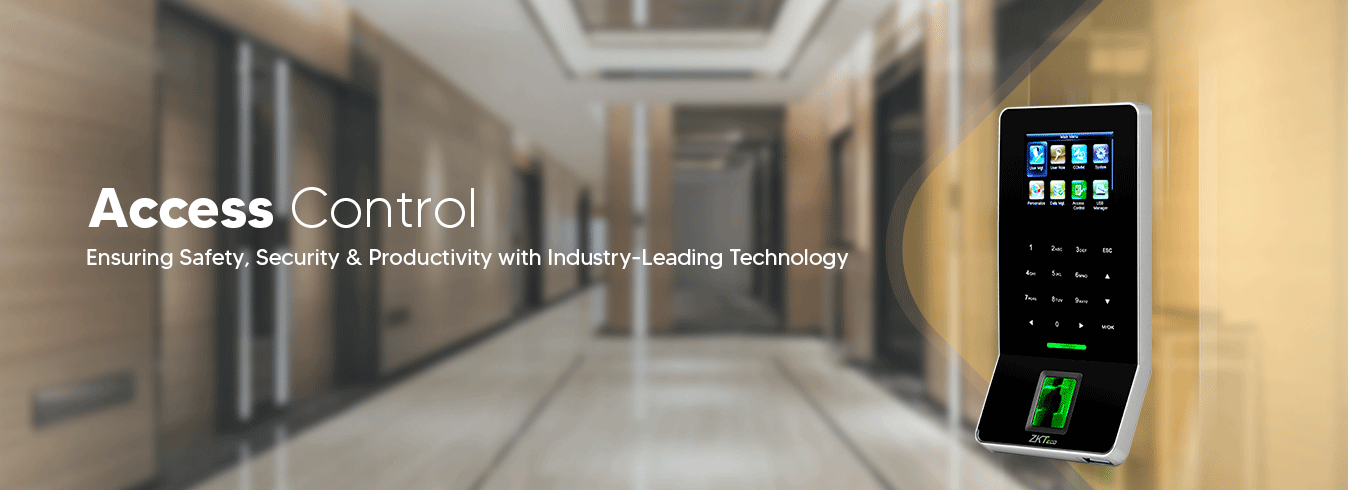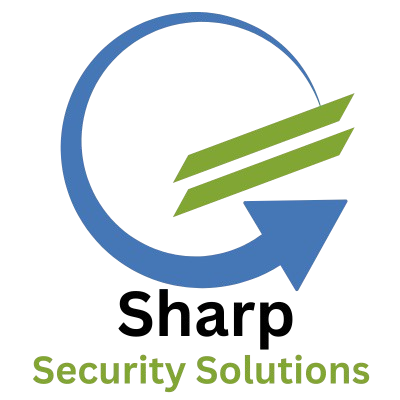
Benefits of using Access Control System
Access control systems are cost-effective in the long term, as they reduce dependency on traditional locks, keys, and physical security staff. Lost keys no longer necessitate rekeying the entire facility; instead, credentials can be quickly updated or disabled. These systems are also scalable, adapting to the needs of growing businesses. As organizations expand, additional access points and users can be integrated seamlessly. They support diverse applications, from securing a single office to managing multi-site facilities, making them a versatile solution. Enhanced security, operational efficiency, and scalability make access control systems an invaluable asset for modern organizations.
Paragraph 1: Enhanced Security An access control system provides robust security by restricting unauthorized entry to sensitive areas. By using credentials like keycards, biometric scans, or PIN codes, it ensures that only authorized personnel can gain access. This reduces the risk of theft, vandalism, or breaches. The system also logs every access attempt, creating an audit trail that helps monitor and review activities. Unlike traditional locks, access control systems are less prone to tampering, offering a higher level of security. Additionally, centralized control allows administrators to instantly revoke access if credentials are lost or compromised, further strengthening safety measures. Paragraph 2: Improved Operational Efficiency Access control systems streamline operations by automating entry management, reducing the need for manual oversight like physical keys or security guards. They allow businesses to establish customizable access levels based on roles or schedules, enabling better workflow management. For instance, employees can gain entry during work hours, while access outside these hours is restricted. This minimizes disruptions and ensures that resources are used efficiently. Remote management capabilities also allow administrators to monitor and control access from anywhere, saving time and reducing administrative burden. Paragraph 3: Cost-Effectiveness and Scalability Access control systems are cost-effective in the long term, as they reduce dependency on traditional locks, keys, and physical security staff. Lost keys no longer necessitate rekeying the entire facility; instead, credentials can be quickly updated or disabled. These systems are also scalable, adapting to the needs of growing businesses. As organizations expand, additional access points and users can be integrated seamlessly. They support diverse applications, from securing a single office to managing multi-site facilities, making them a versatile solution. Enhanced security, operational efficiency, and scalability make access control systems an invaluable asset for modern organizations.
